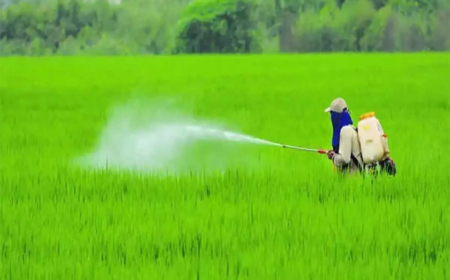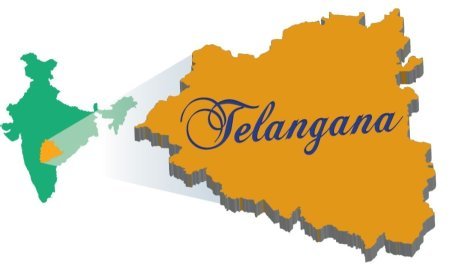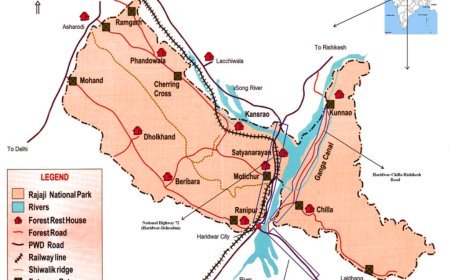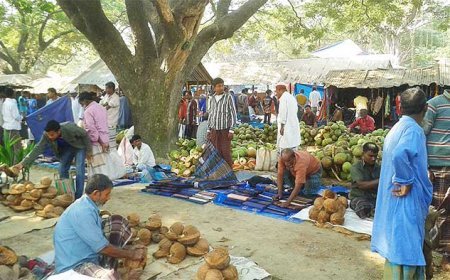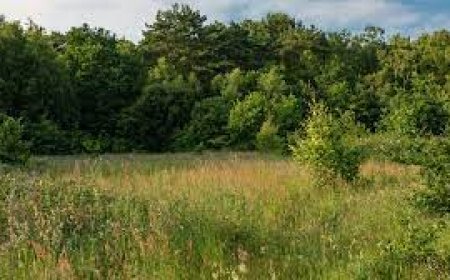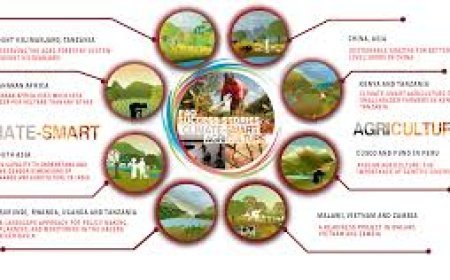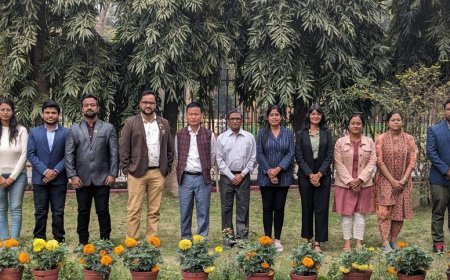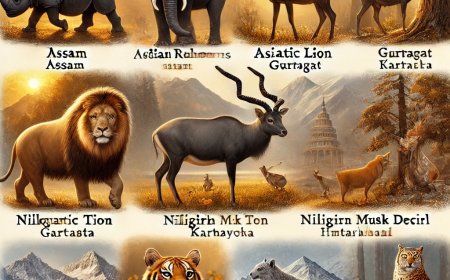When Trees Become a Threat: The Impact of Woody Encroachment on India's Open Ecosystems
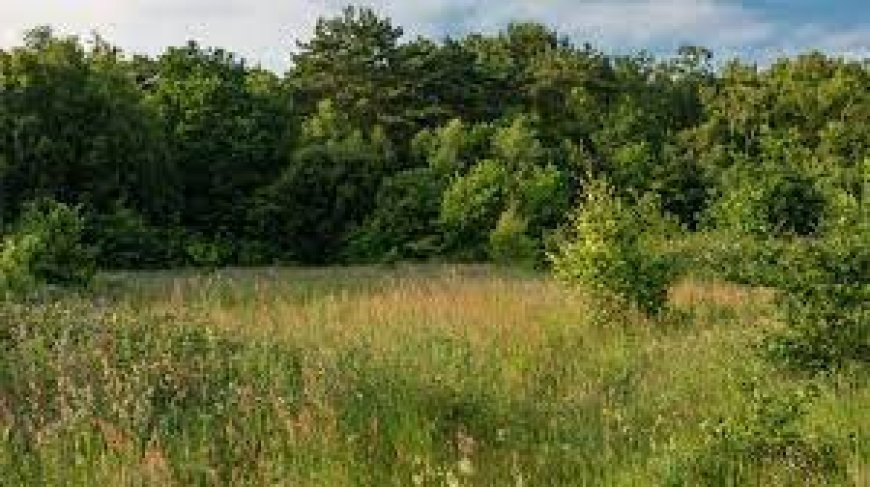
When Trees Become a Threat: The Impact of Woody Encroachment on India's Open Ecosystems
Introduction
The article titled "India’s Open Ecosystems Face an Unusual Threat: Trees" by Sutirtha Lahiri highlights a paradox in environmental conservation. While increasing tree cover is generally seen as beneficial for biodiversity and combating climate change, this phenomenon poses a significant threat to open ecosystems like grasslands and savannahs. The analysis explores how woody encroachment disrupts these ecosystems, resulting in a decline in native species and biodiversity.
Main Points and Arguments
1. The Paradox of Tree Cover Increase
- Conventional Viewpoint: Tree cover increase is often celebrated as a positive environmental achievement.
- Contrary Impact on Open Ecosystems: In ecosystems historically dominated by grasslands, an increase in tree cover can lead to biodiversity loss, particularly affecting native grassland birds and other species dependent on these habitats.
2. Woody Encroachment and Its Implications
- Definition and Scope: Woody encroachment refers to the spread of trees and shrubs into areas traditionally not dominated by these species.
- Global Perspective: The phenomenon is observed worldwide, including in Africa, Australia, and South America, with varying causes like fire suppression, climate change, and increased CO2 levels.
- Impact on Biodiversity: This encroachment leads to the homogenization of ecosystems, replacing diverse habitats with uniform woody plants, which disrupts the existing flora and fauna.
3. Specific Case Studies and Evidence
- Grasslands in India: The article details the condition of grasslands in different climatic regions of India, such as the Shola grasslands in the Western Ghats and floodplain grasslands in the Himalayas. These habitats are home to numerous endemic and at-risk species.
- Research Findings: A study highlighted shows a significant reduction in grassland cover (34%) and an increase in tree cover (8.7%) in national parks in India and Nepal due to woody encroachment.
4. Human Influence and Historical Context
- Colonial Conservation Policies: The article traces the roots of current challenges back to colonial-era policies that misclassified open ecosystems as "wastelands," paving the way for their conversion to plantations and other uses.
- Contemporary Issues: The push for carbon sequestration and large-scale tree plantations continues to threaten these ecosystems, often without acknowledging their historical and ecological significance.
5. Consequences for Native Species
- Decline in Bird Populations: Specific examples, such as the decline of grassland bird species in Southern Africa and India, illustrate the broader impact on biodiversity.
- Rodent Populations in the Banni Grasslands: The article mentions how woody encroachment affects specialist rodents, increasing predation risks and disrupting their feeding behaviors.
6. The Role of Invasive Species
- Prosopis juliflora in the Banni Grasslands: The spread of this invasive species, initially introduced for combating desertification, exemplifies the unintended consequences of human interventions.
- Other Invasive Species: The article also discusses the impact of eucalyptus plantations in the Shola grasslands and Malabar silk-cotton trees in the Terai grasslands.
Conclusion and Call to Action
The article concludes with a call for more research and policy changes to address the threats posed by woody encroachment. It advocates for dismantling colonial-era terminologies and re-evaluating conservation strategies to protect open ecosystems and their biodiversity.
Structural Features and Rhetorical Devices
1. Use of Contrasting Ideas: The article juxtaposes the common perception of tree cover increase as positive with the negative impacts it can have on specific ecosystems.
2. Incorporation of Research and Data: The inclusion of specific studies and statistical data strengthens the argument and provides a scientific basis for the claims.
3. Case Studies and Examples: The use of case studies from different regions helps illustrate the widespread nature of the issue and its varied impacts.
4. Historical Context: The reference to colonial policies provides a historical dimension, explaining how past decisions continue to influence present-day conservation challenges.
5. Call to Action: The article ends with a clear call for further research and policy change, encouraging readers and policymakers to reconsider current approaches to conservation.
Overall Structure
The article is structured to first introduce the issue and then delve into specific examples and evidence, culminating in a call for action. This progression helps in building a comprehensive understanding of the problem and its broader implications.
Source: The Hindu
What's Your Reaction?







